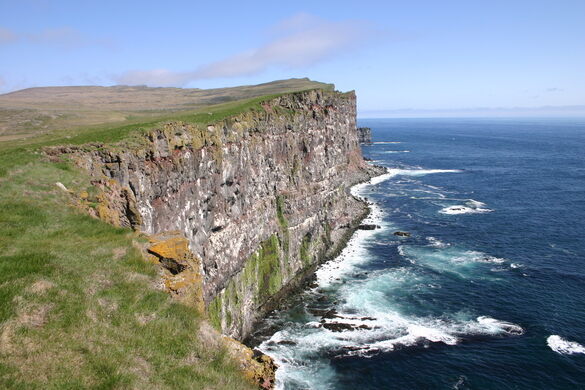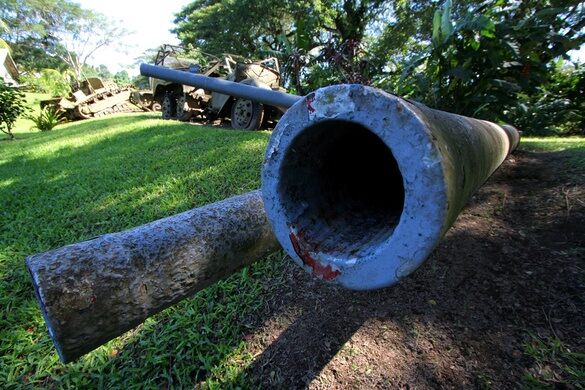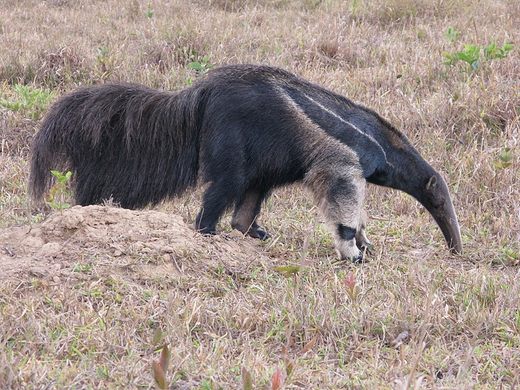EUROPE'S LARGEST
SEABIRD CLIFF
G'day folks,
Puffin enthusiasts flock to Europe's largest seabird cliff, which over one million birds call home.
Látrabjarg, Iceland’s westernmost point, is also the largest seabird cliff in Europe. Over one million birds pepper the wind-battered crags, protected from predators while perched within the rocks that jut out from their towering domain.
The puffins, of course, are typically the star attraction. The adorable orange-beaked creatures are fairly comfortable around the humans who brave the fierce winds that tear through the air. You’ll typically find them peeping out from the grass that coats the top parts of the cliffs.
Látrabjarg is a key site for seabird conservation. In addition to the puffins, you’ll find other seabirds like guillemots, razorbills, and northern gannets clustered throughout the rocks. At times, the area houses approximately 40 percent of the world’s razorbill population.
The cliffs also boast splendid hiking and photography opportunities for those who can stand the wind. The nearly nine miles of over 1,000-foot-tall cliffs offer a chance to walk Iceland’s most western perimeter. Be sure to stop for a bit to take in the views of the Atlantic Ocean, which merges uninterrupted with the distant horizon.
If you do decide to walk along the cliffs, make sure you stay behind the white line that’s painted near the edge. It’s there to keep you from accidentally falling and plummeting into the churning waters far below.
Clancy's comment: A top spot for wildlife photographers like me.
I'm ...




















































